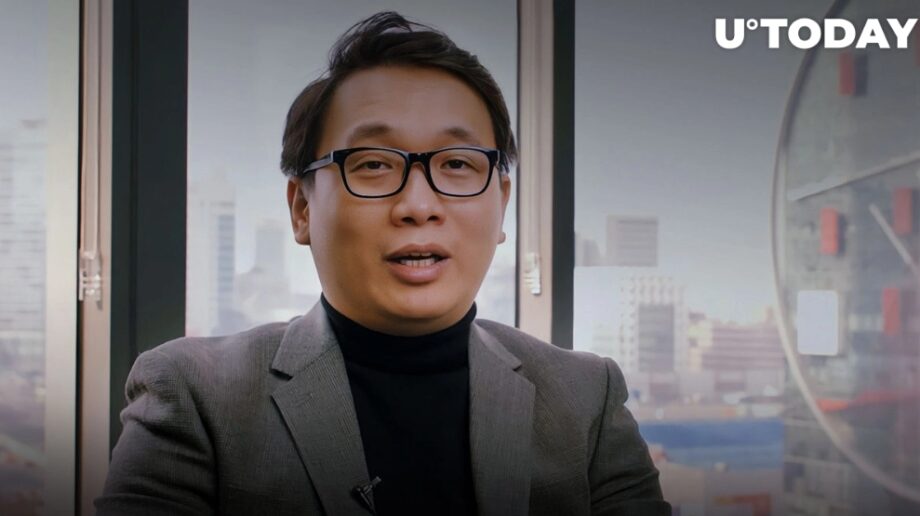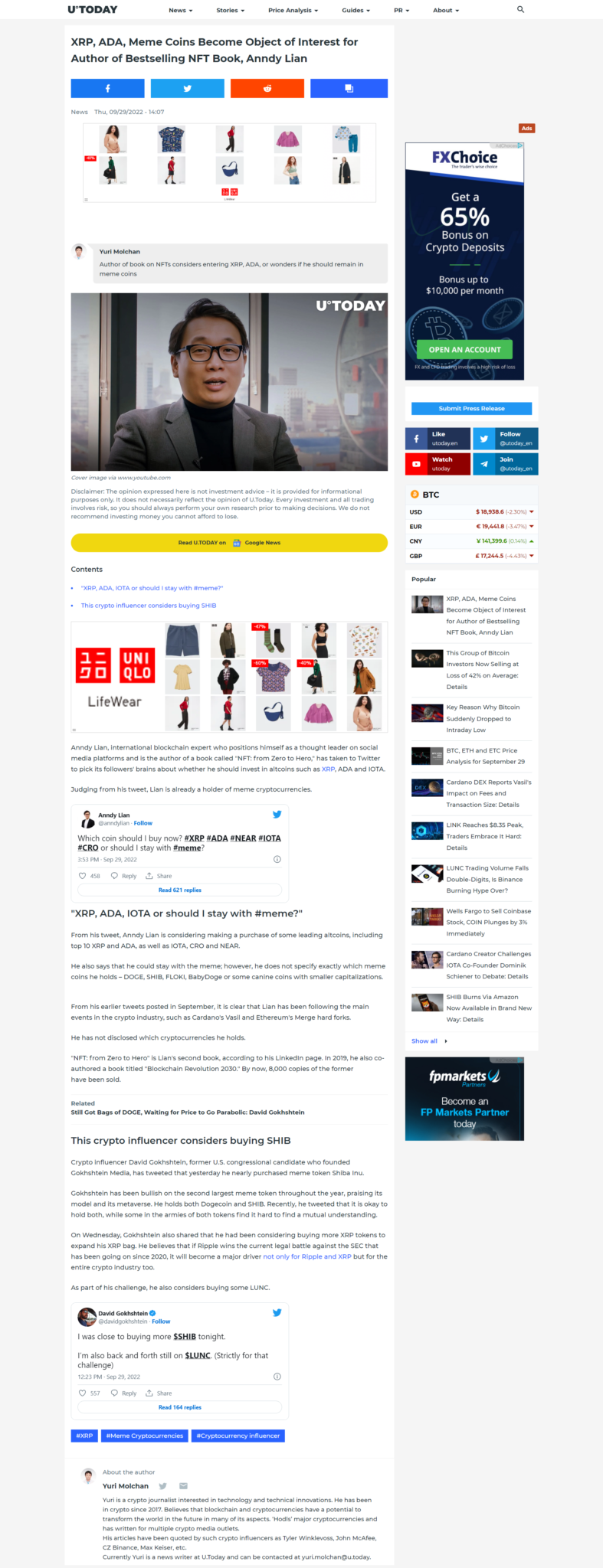There has been a lot of buzz on social media about traders who seemingly struck gold by investing in the PEPE meme coin. These stories of overnight success have sparked an important debate: Can meme coins be a reliable way to build wealth, or are they more like playing the lottery and relying on luck?
To answer this question, we need to explore the different approaches taken by various socio-economic classes when it comes to playing the lottery. Comparing meme coins and lotteries can shed light on how people view wealth accumulation.
For those who are unfamiliar, meme coins are digital currencies inspired by internet memes. Unlike traditional cryptocurrencies, meme coins usually don’t have practical applications beyond being traded and shared among users. Their value is heavily influenced by social media sentiment and other factors, leading to significant price fluctuations and the potential for market manipulation. While meme coins come with considerable risks, they have gained a substantial following of individuals who see them as a way to challenge established financial systems and connect with like-minded communities online.
One specific example is the PEPE meme coin, which experienced an astounding 9,071% surge in value before its listing on Binance, reaching a market capitalization of $1.8 billion. However, traders are now sharing cautionary advice due to the recent breach of crucial trend and support levels by the coin. Meme coins, especially those developed by anonymous teams, are vulnerable to “rug pulls,” where developers abandon the project, leading to a collapse in value. Moreover, price volatility tends to be most pronounced during Asian trading hours.
Let’s consider the different strategies people employ to accumulate wealth. Renowned billionaire investor Warren Buffet, for instance, prioritizes investing in stable, blue-chip stocks that align closely with the growth of the US economy. By consistently maintaining a funding rate 2-3% below his peers, Buffet has amassed a personal fortune of $112.8 billion. His success teaches us two crucial lessons: investing in well-established blue-chip companies without unnecessary risks is sufficient, and remaining invested over an extended period allows for substantial wealth accumulation. Therefore, emphasizing safety and longevity are key factors in achieving financial prosperity.
On the other hand, the allure of the lottery lies in the promise of instant wealth with minimal effort and investment, which proves irresistible to many. Despite the astronomical odds of winning a jackpot (1 in 300 million for Powerball), the average player spends around $200 per year, resulting in a significant cumulative amount over time. Surprisingly, research suggests that individuals in lower socio-economic classes tend to play the lottery regardless of the odds, while wealthier individuals participate only when the jackpot offers substantial returns. A $10 million win may not make a significant impact for the wealthy, but a jackpot exceeding $100 million captures their interest.
In essence, the PEPE meme coin and the lottery represent two sides of the same coin. Both offer the allure of quick wealth with minimal investment, but both also carry significant risks. While Buffet’s investment strategy prioritizes safety and is grounded in long-term plans, playing the lottery or investing in meme coins resembles a game of chance, where success depends on luck and hoping for the best outcome.
Now, let’s take a look at some other meme coins that have gained traction in the market. The surge in popularity of meme coins can be attributed to various factors, including the growing fascination with cryptocurrencies and the relative ease of creating new digital currencies. Many meme coins have gained attention through clever branding and incorporating popular culture references, resulting in a frenzy of buying and selling as investors try to capitalize on the hype and volatility of these highly speculative assets.
Here are a few meme coins that have made waves recently:
AiDoge: This meme coin positions itself as a new web3 platform for AI-driven meme creation and sharing. Its presale reportedly raised over $5.5 million, showcasing significant attention from investors.
Ordi: Ordi is a meme coin that pays homage to the Ordinals protocol, which currently holds the largest value among meme coins, reaching $400 million.
BOB: BOB is an AI bot that provides tweet summaries to Twitter users who reply with “@ExplainThisBob.” It has gained a large following, with Elon Musk himself praising BOB’s automatic responses to his tweets.
MONG: MONG is a recently launched meme cryptocurrency project associated with an established NFT collection called MONGS NFT. Each NFT in the collection features a distinct mungo (mongoose) artwork, adding uniqueness to the project.
TURBO: TURBO is an innovative cryptocurrency aiming to become the meme coin of the future. It stands out by relying heavily on ChatGPT development.
LADYS: LADYS is the native token of Milady Meme Coin and can be used for online transactions. The token gained attention after Elon Musk tweeted about the Milady NFT meme, and its market capitalization has exceeded $100 million.
WOJAK: WOJAK is a new ERC-20 token inspired by the famous Wojak meme. Since its inception, the token has experienced significant momentum, with a surge of over 1000% at its peak.
Floki: Floki started as a meme coin inspired by Elon Musk’s dog but has evolved into a complete Web3 ecosystem. It now includes NFTs, DeFi, a metaverse, and even prepaid gift cards for Visa and Mastercard. The project gained attention after being listed on Binance.
XRdoge: XRdoge is a meme coin on the XRP ledger, aiming to bring fun to the Ripple ecosystem. It adds a playful element to the XRP community.
While these newer meme coins try to ride the PEPE wave, others like BIBI, BOBO, PEPO, and PIPI are striving to find their own unique niche. Additionally, Chinese-themed coins such as Pogai and LowB are attempting to gather Mandarin-speaking communities to join in the fun. For coins like Cate, SquidGrow, TSUKA, and Renewable, which are not part of the frog or dog craze, they must patiently await their turn to shine.
It’s important to note that while newer meme coins have gained significant popularity recently, older meme coins such as Doge, Shiba Inu, Pitbull, RichQuack, Saitama, Baby Doge, and Safemoon continue to thrive by actively engaging with their communities and progressing their projects. This commitment to longevity and a steadfast presence in the ever-changing world of cryptocurrencies suggests that some of these coins may have staying power beyond mere hype cycles. The continued relevance and demand for these older meme coins highlight their ability to maintain a loyal following and leave a lasting impact, even amidst emerging trends and market fluctuations.
In conclusion, it’s crucial to recognize that meme coins primarily thrive due to their robust online communities driven by hype and speculation, often lacking significant real-world use cases or underlying technology. As I’ve expressed on Twitter, popular meme coins can explore utility, payment systems, games, and more, while less popular ones must focus on providing entertainment value. Community engagement and having fun together remain pivotal for a meme coin’s survival. If a meme coin can navigate the early stages successfully and gain support from its community, its games, NFTs, metaverse, and other revenue streams have a higher chance of success, enabling survival even in bear markets and beyond.
While the allure of quick wealth may be tempting, it’s crucial to carefully consider the risks and rewards of any investment opportunity.
Source: https://www.securities.io/meme-coins-the-next-jackpot-or-just-a-gamble/


Anndy Lian is an early blockchain adopter and experienced serial entrepreneur who is known for his work in the government sector. He is a best selling book author- “NFT: From Zero to Hero” and “Blockchain Revolution 2030”.
Currently, he is appointed as the Chief Digital Advisor at Mongolia Productivity Organization, championing national digitization. Prior to his current appointments, he was the Chairman of BigONE Exchange, a global top 30 ranked crypto spot exchange and was also the Advisory Board Member for Hyundai DAC, the blockchain arm of South Korea’s largest car manufacturer Hyundai Motor Group. Lian played a pivotal role as the Blockchain Advisor for Asian Productivity Organisation (APO), an intergovernmental organization committed to improving productivity in the Asia-Pacific region.
An avid supporter of incubating start-ups, Anndy has also been a private investor for the past eight years. With a growth investment mindset, Anndy strategically demonstrates this in the companies he chooses to be involved with. He believes that what he is doing through blockchain technology currently will revolutionise and redefine traditional businesses. He also believes that the blockchain industry has to be “redecentralised”.




